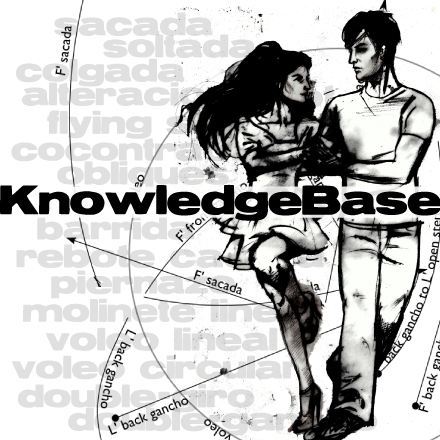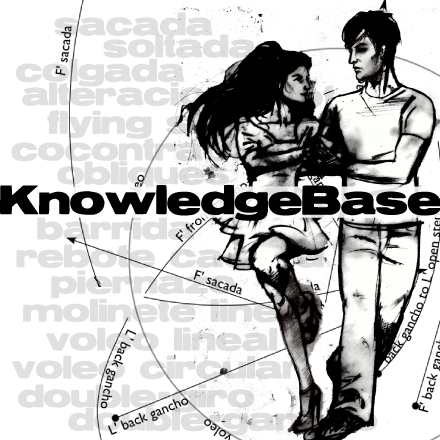Tango’s aesthetic (and substance) is about consequence between bodies.
This is why in powerful movements, the revel’s movement will always be a little later than the mark’s. He cracks a whip of power through her body and her foot is the tip of the whip.
The revel’s movement is a sexy, languid –sometimes even blasé– response. (Except in milonga where she is permitted to be full-tilt as excited and spunky as he.)
This aesthetic is expressed during pivot as a spiral motion of the body. This means that the whole body does not turn at once. Rotational motion is created by the oblique muscles, and then passed sequentially through the body to the foot.
The head and shoulders move only because they’re sitting on top of all that, but the tango aesthetic is to keep the upper body quiet, so the spiral ends at the breast.
And don’t overdo it. If you try to separate the parts too much you run a risk of internal rotation in your base leg. The spiralyness of your spiral must be limited by the flexibility of your muscles while maintaining external rotation of the base leg and your arc!











